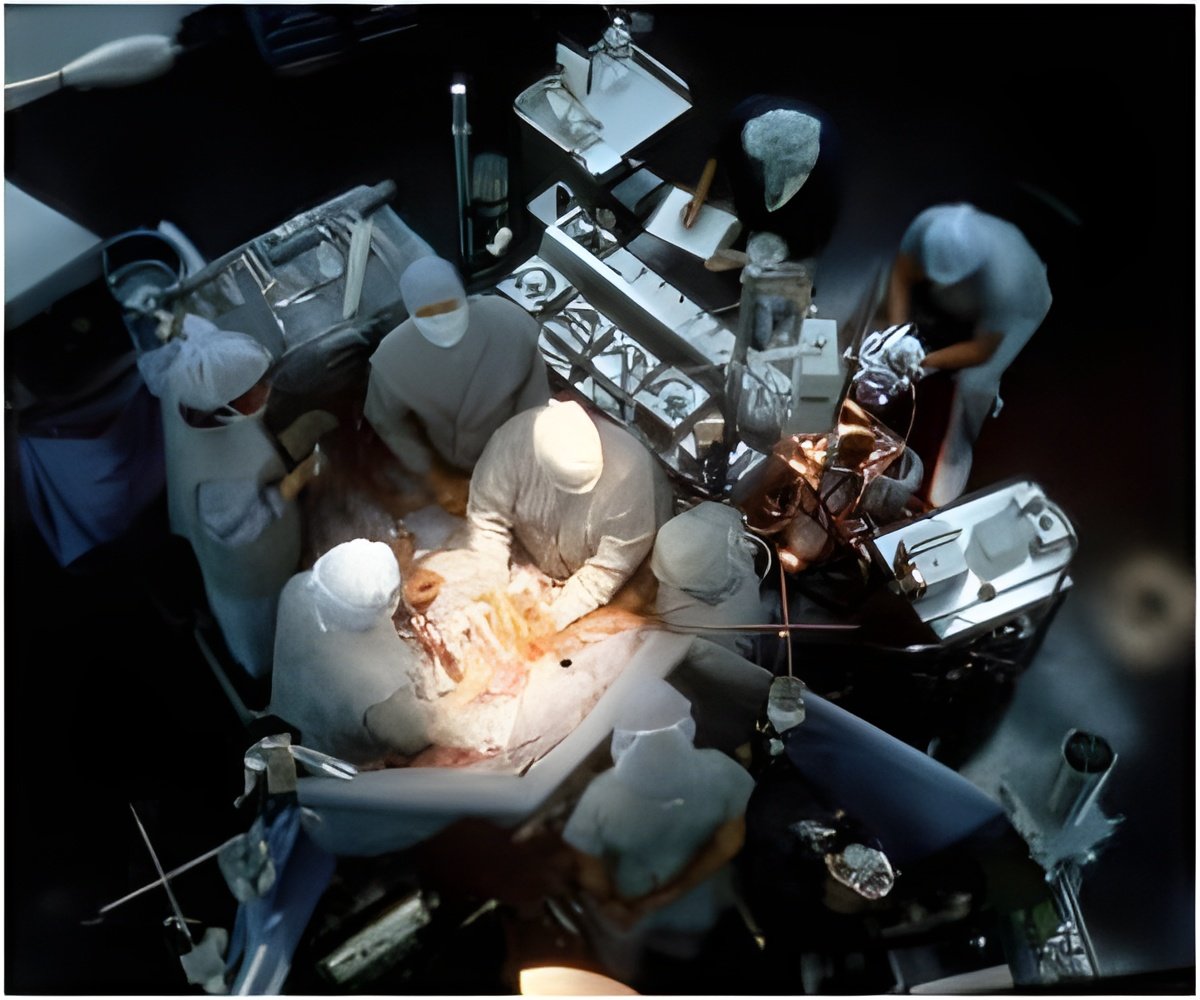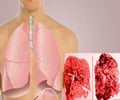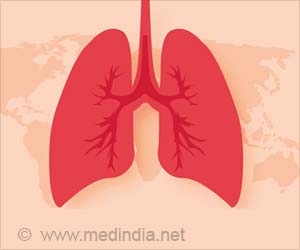First transplanted lungs assessed and reconditioned in the operating room, a technique with the potential to dramatically boost the availability of lungs for transplant were on elderly New Yorkers.

"Assessing lungs this way gives us a much more precise picture of how they should perform after transplant, and the reconditioning process may actually improve the chances of success," says Dr. D'Ovidio, associate surgical director of the lung transplant program at NewYork-Presbyterian Hospital/Columbia University Medical Center and assistant professor of surgery at Columbia University College of Physicians and Surgeons.
Traditionally, transplant surgeons have relied on a less sophisticated assessment. "Now with the ex vivo method, not only can we see the lungs inflate and deflate, but we also get hard data on how they function by monitoring multiple parameters and ultimately making sure that the gas exchange is happening at the level it needs to," continues Dr. D'Ovidio.
Going forward, the ex vivo procedure could significantly increase the availability of donor lungs, says Dr. D'Ovidio. "This has the potential to do for lung transplant what perfusion has done for kidney transplant. With the tool to better assess, recondition and possibly repair the organs, we can increase the number available to patients who desperately need them."
Currently, fewer than 30 percent of donor lungs are acceptable for transplantation, but physicians say ex vivo has the potential to double this figure as the reconditioning process is refined and improved.
The recent transplants at NewYork-Presbyterian/Columbia are part of an ongoing FDA investigational multicenter clinical research trial designed to compare outcomes from lung transplants using the ex vivo technique with those using the traditional method. This investigational trial, currently taking place in the United States, is coordinated and funded by Vitrolife, makers of the ex vivo perfusion system.
Advertisement












